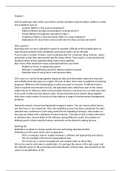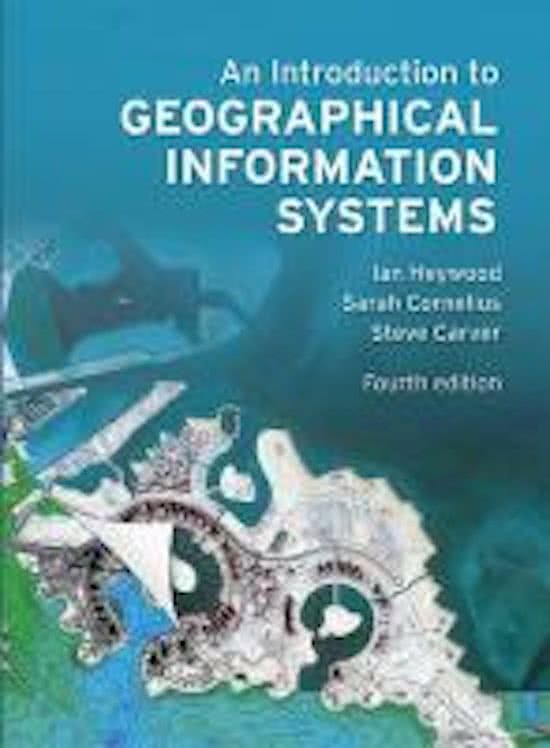Samenvatting
Summary introduction to GIS UU
- Vak
- Introductie GIS
- Instelling
- Universiteit Utrecht (UU)
Comprehensive summary of 'Introduction to geographical information systems' for the GIS course at Utrecht University. Chapters 1-11 except chapter 4. Uitgebreide Engelse samenvatting van het boek voor introductie GIS. Hoofdstukken 1-11 behalve 4.
[Meer zien]





